"Orientalist Chandelier, France, Circa 1870"
Rare chandelier in gilded and patinated bronze with eighteen lights, finely decorated with stylized oriental motifs in polychrome red and blue cold enamel. Surmounted by an elegant ceiling light, it consists of a shaft embellished with interlacing ending in rosettes and connected by chains, alternating with enameled spheres of different diameters, and lit by two rows of six and twelve sconces with basins adorned with cut crystal pendants. It ends with a richly decorated sphere ending with a leafy point.The word « Orientalism » appears around 1830, while the 17th and 18th centuries already developed with a large fantasy the “Turquerie” theme. This trend imbued with exoticism and picturesque can be found in the decoration of Marie-Antoinette and Comte d’Artois’ private apartments at the end of the 1780’s. It is in the 19th century, with the Bonaparte-led Egypt expedition of 1798 that the craze for Orient, its mysteries, beauty, eroticism and light fascinates. However, the overtaking of Alger by the French in 1830 remains the real starting point of this artistic movement and of the apparition of the term Orientalism.
With the development of steam maritime liaisons and railways, painters, sculptors, cabinet-makers and ceramists join militaries and salesmen in discovering yet unknown countries.
Riding camels and wearing turbans, French artists, visit Persian and Arabic countries, such as Eugene Delacroix (1798-1863) who drew hundreds of watercolors and sketches from his travels to Alger and Oran in 1832. It will remain a source of inspiration for years to come. Other artists such as Decamps, Fromentin or Gerome, Lamartine, Nerval or Gautier, all fed by the desire to uncover new civilizations or even to adopt the local lifestyle, also went towards those sunny and arid lands. In the meantime, English are focused towards Egypt and Palestine. In Austria, Switzerland, Germany, Italy, other European artists undertook travels of their own.
From those travels, fine Arts in Europe burst in new themes: the despotism of the tyrant, the sensuality and opulence of harems, the picturesque of colored street scenes, the richness of men and landscapes. In France, Orientalists became famous during the Second Empire.
Emperor Napoleon III, aristocrats as much as the bourgeoisie searching for exoticism filled up order books of renowned artists. It is not primarily the academic style of the Orientalists that matter, but mostly the exoticism of their pieces that fascinate the public ; such as the sculptor Charles Cordier (1827-1905) who innovates with the polychrome marbles and onyx from Algeria, or Emile Guillemin (1841-1907) whose works are edited by Ferdinand Barbedienne (1810-1892). Those artists joined scientific expeditions in Orient, in order to report cultures of a multi-ethnic civilization. This documentary and naturalist approach shows a political and cultural desire to preserve anthropological and geographic testimony.


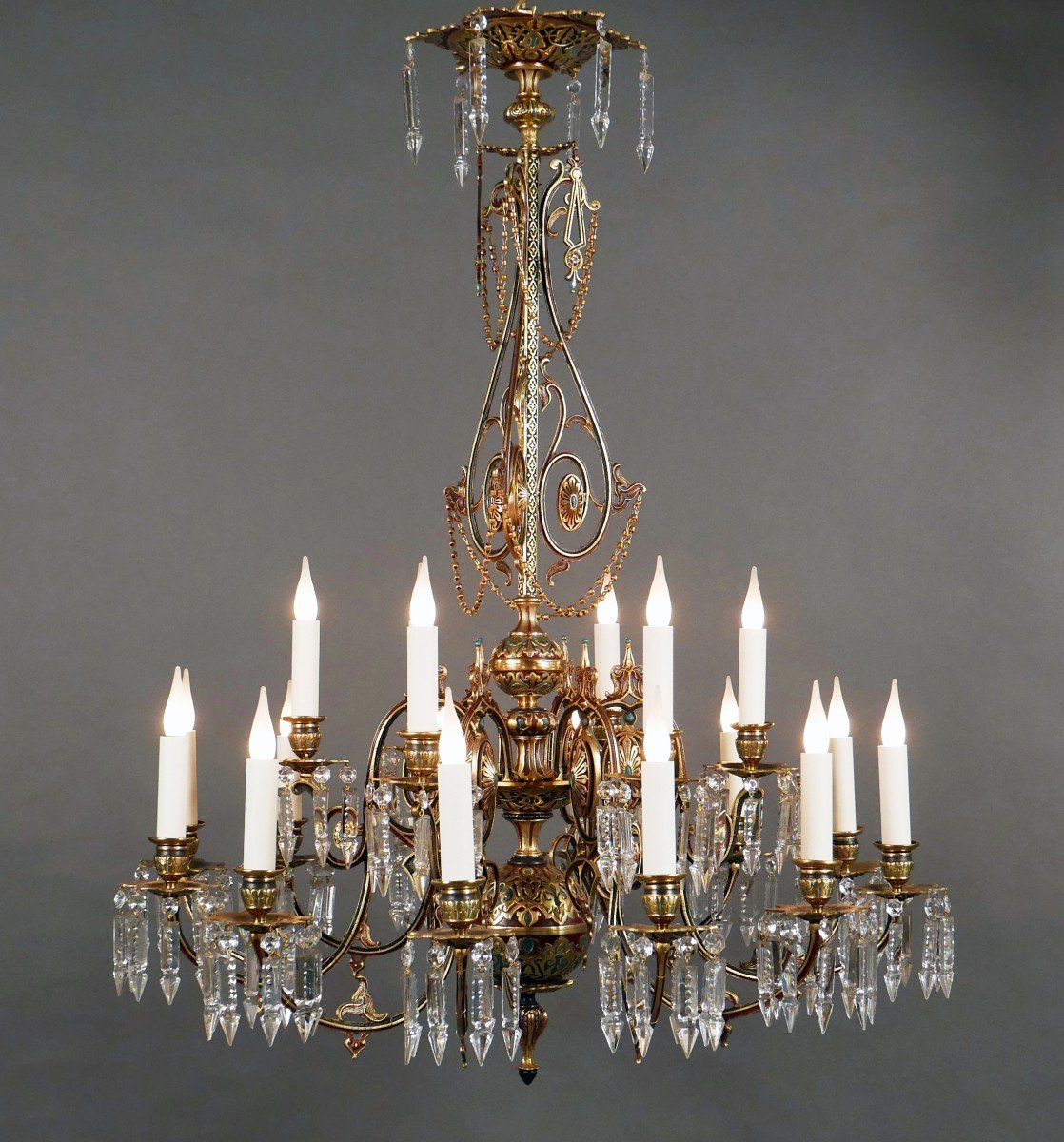
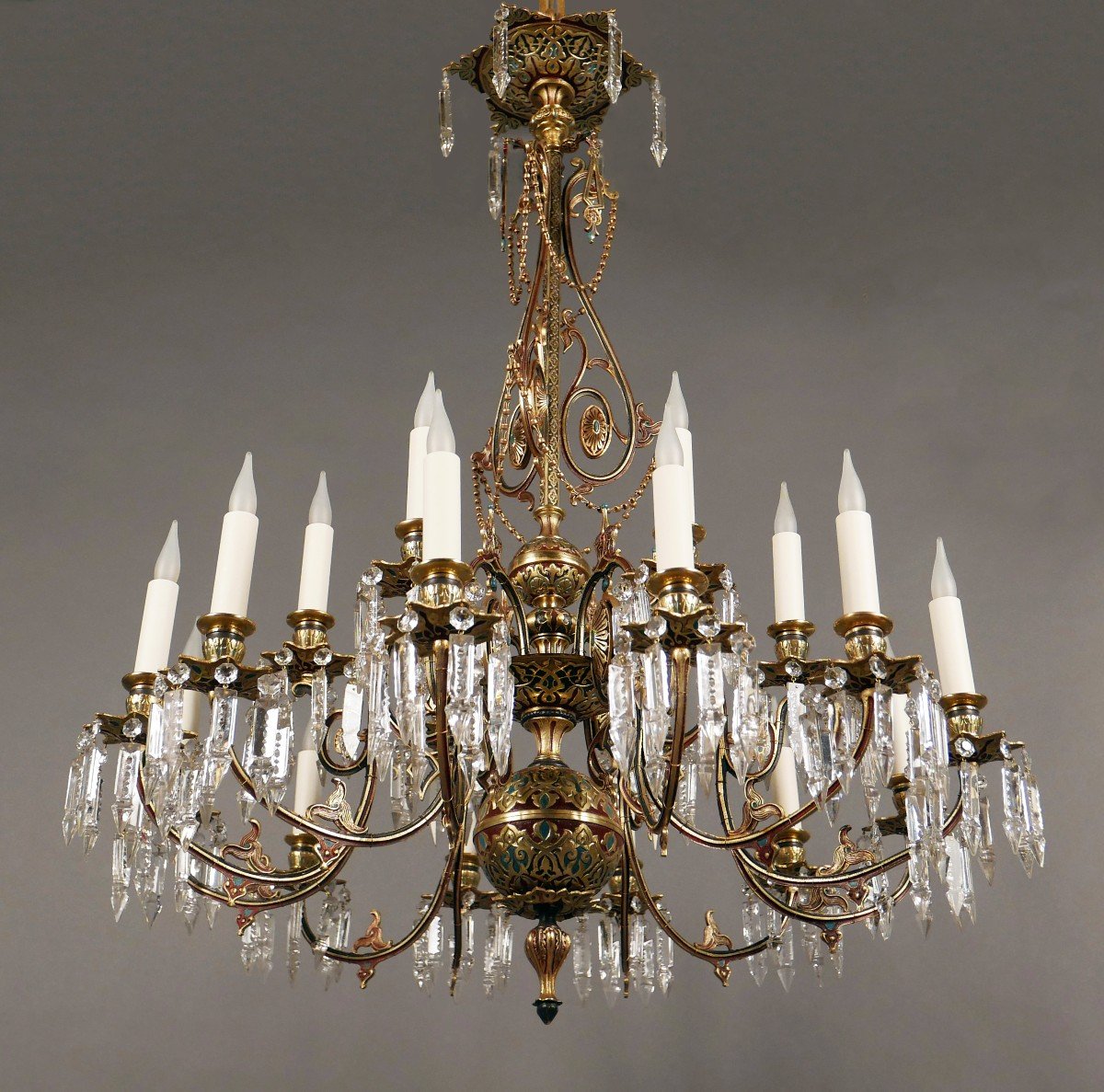
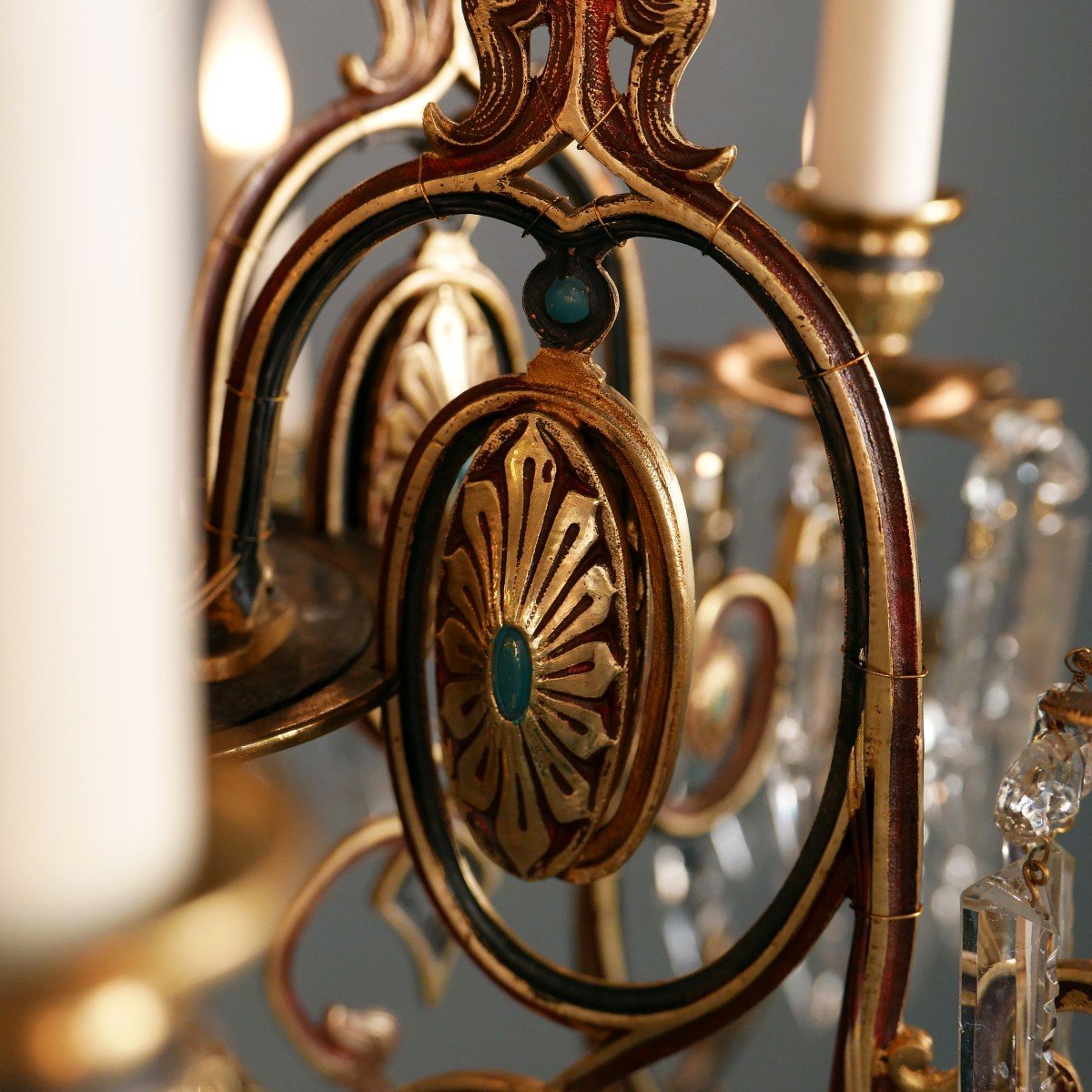
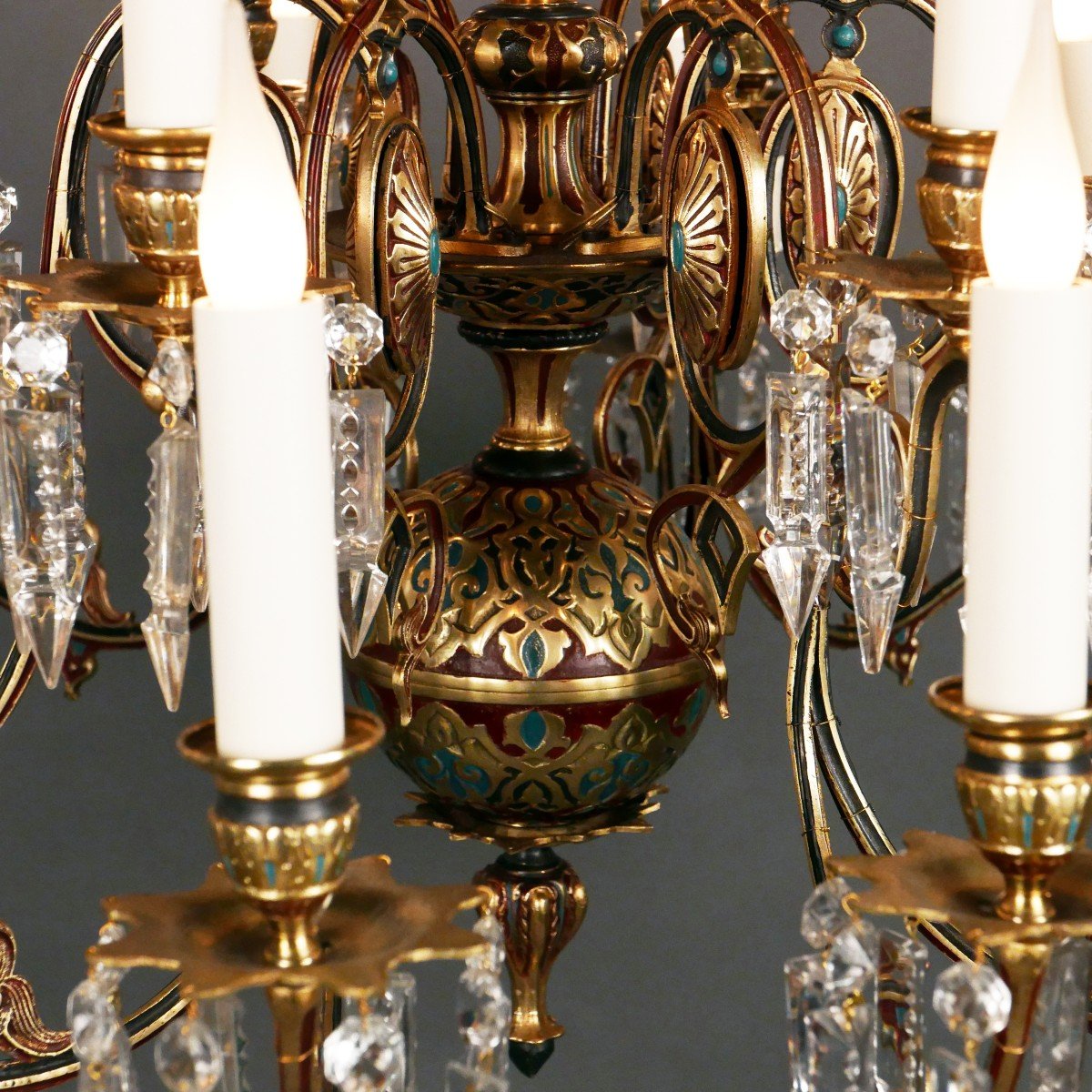





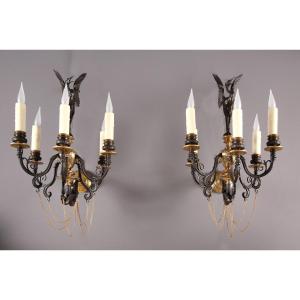

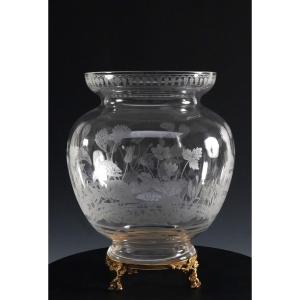

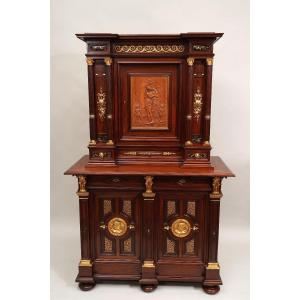
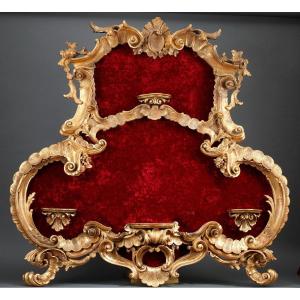





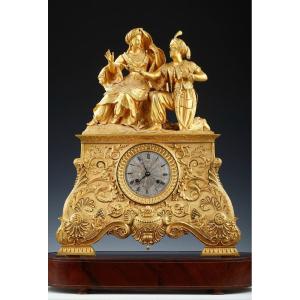
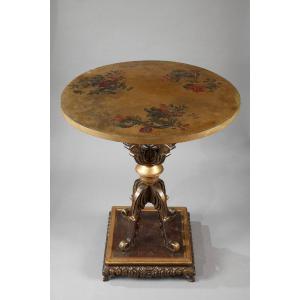
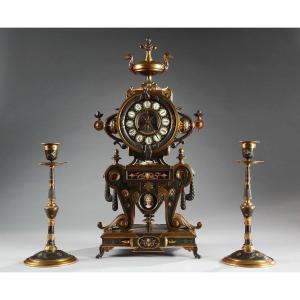
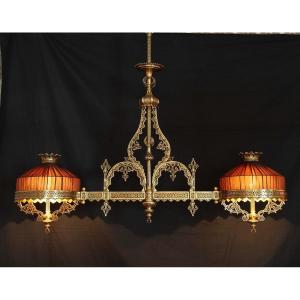
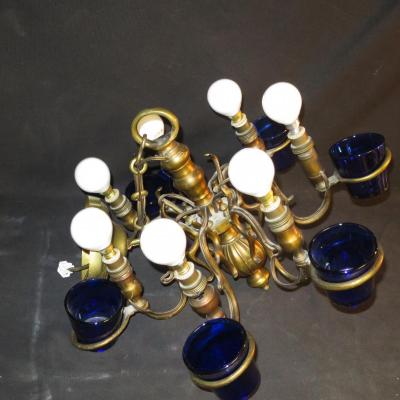

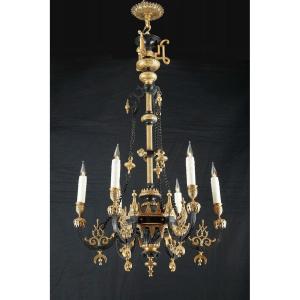




 Le Magazine
Le Magazine Rivista Artiquariato
Rivista Artiquariato TRÉSORS magazine
TRÉSORS magazine